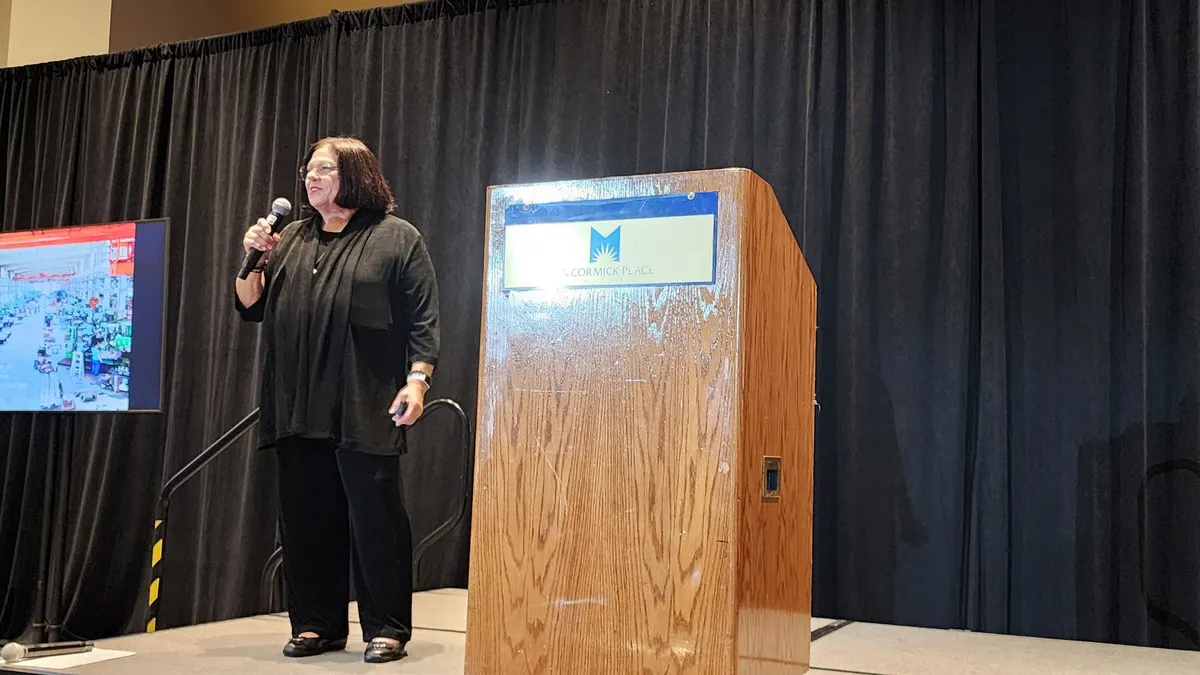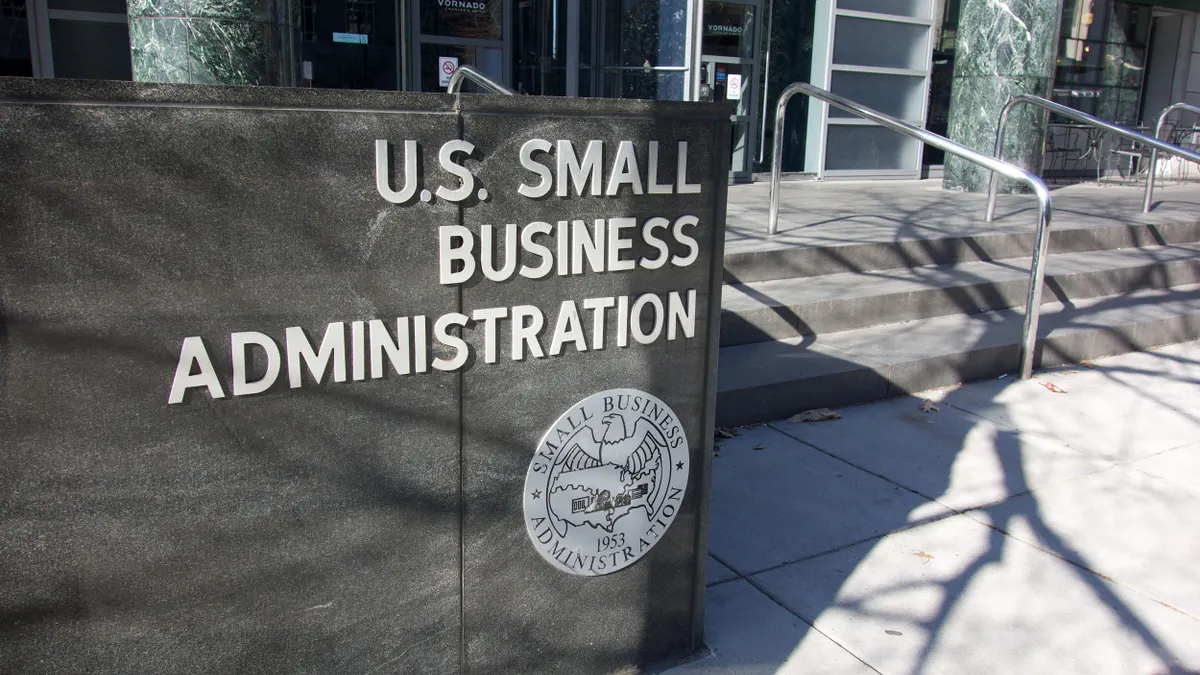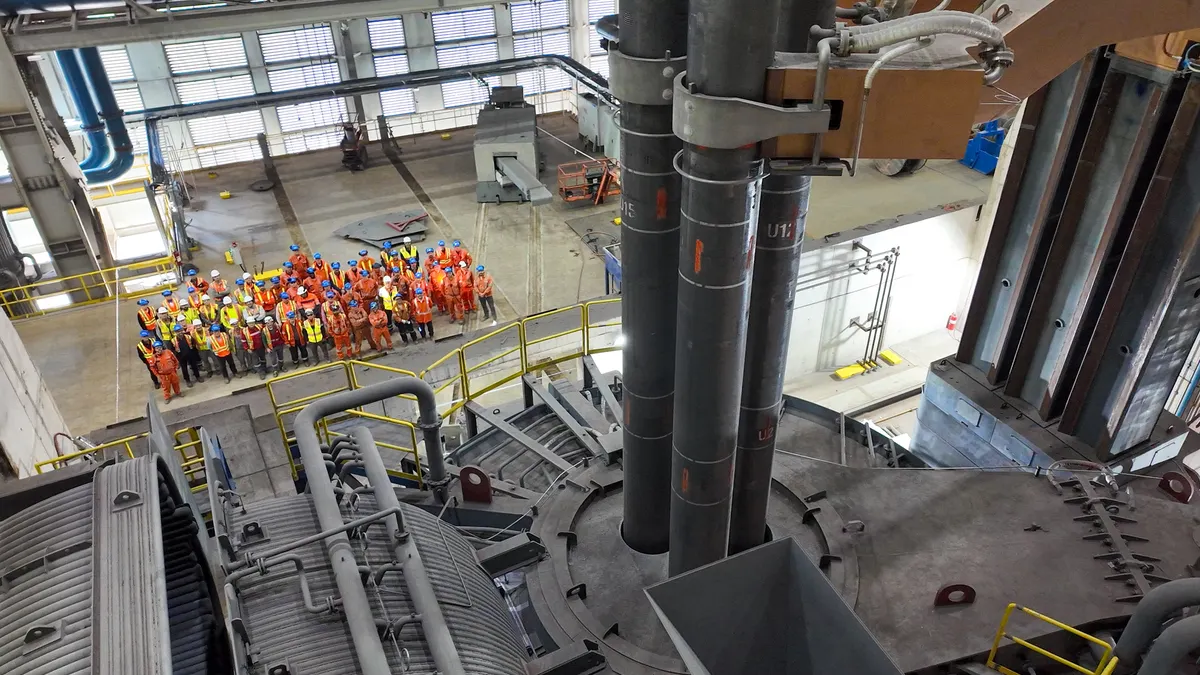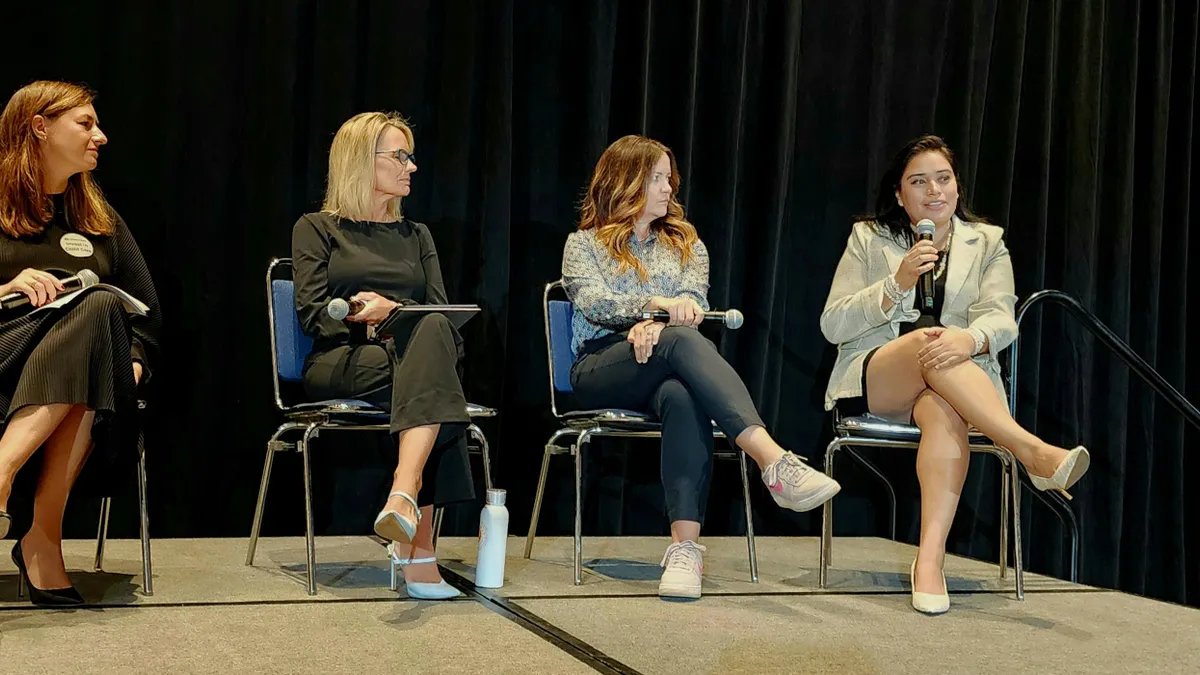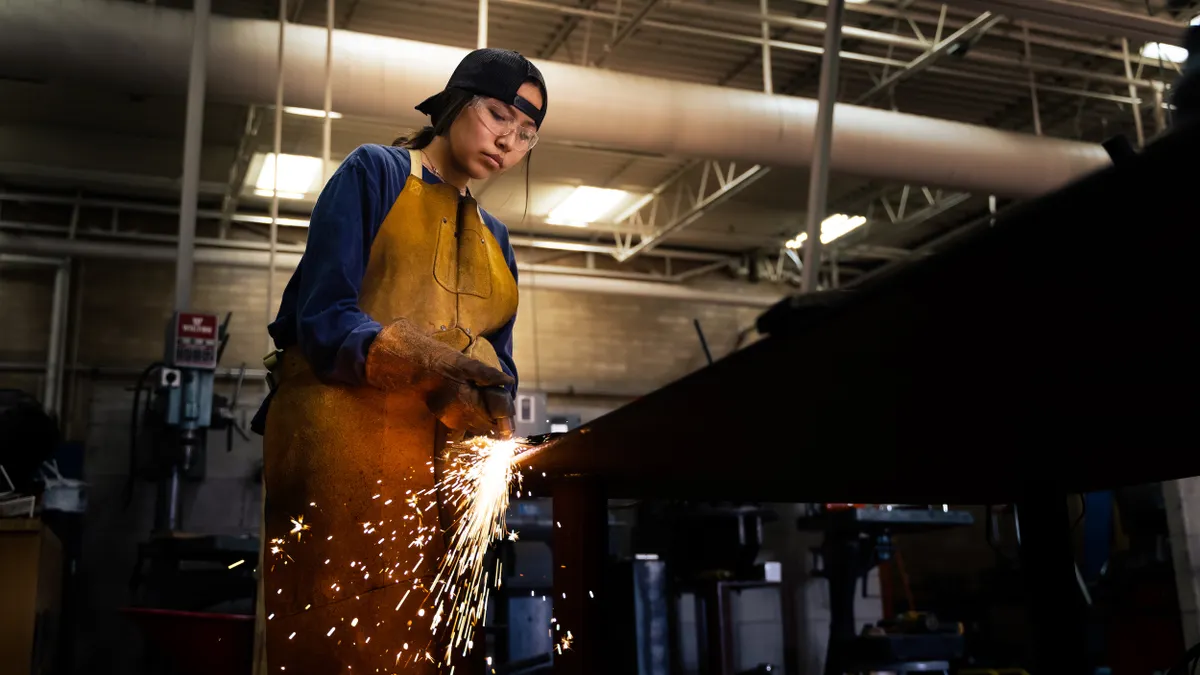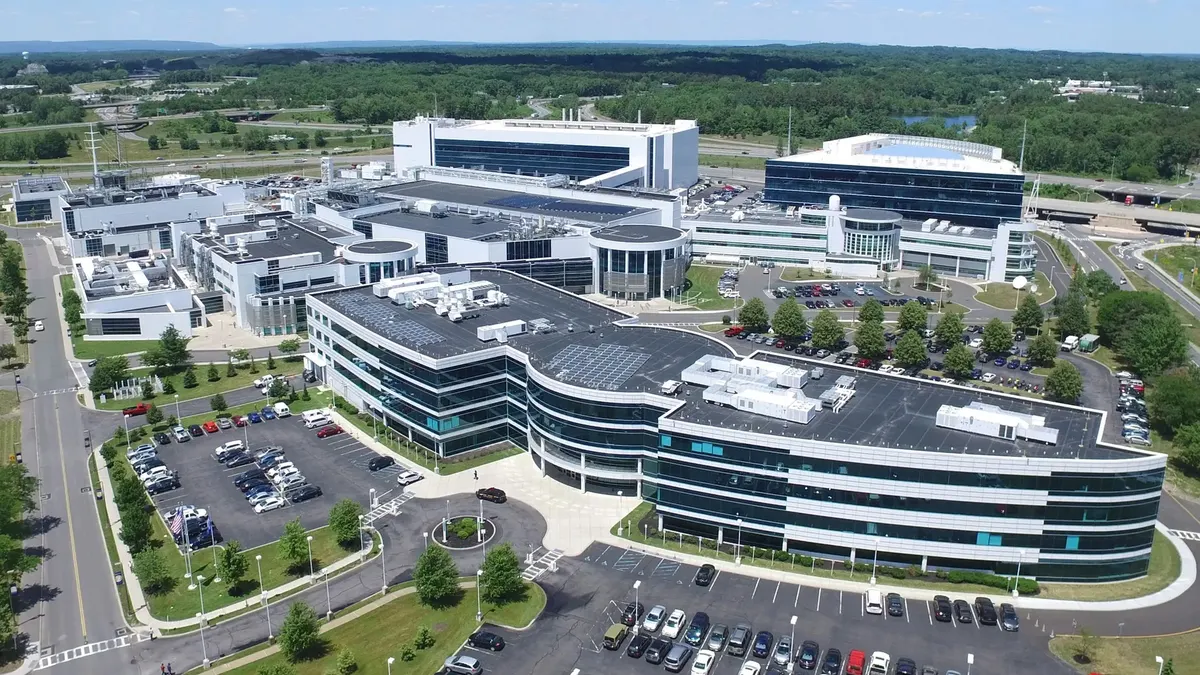When Rosemary Coates, executive director of the nonprofit Reshoring Institute, worked as a supply chain consultant for large companies in the 1990s and early 2000s, the CEOs would invite her into their offices and say, “Just get me to China.”
“‘We know it's cheaper. Our competitors are doing it. It's what we should do. Let’s just go to China,’” Coates recounted at the Women in Manufacturing Summit in Chicago on Oct. 13. “There wasn’t a whole lot of thought to it. Some may be financial analysis, but by and large, it was simply the strategy to go forward.”
Cut to the 2012 election, before which then-President Barack Obama and presidential candidate Mitt Romney debated over China's trade practices and bringing jobs back to the United States, or “China bashing.”
“They were both saying, ‘It’s all China's fault. The economy has all gone downhill because of China,’” Coates said. “This is what I was doing for a living, outsourcing, closing plants and factories in the U.S. and pushing all this manufacturing to China.”
The debate then had CEOs talking about the potential for reshoring, asking her, “Is it even possible to bring manufacturing back? Can we do it?”
Coates then decided to pivot and focus on helping rebuild, reevaluate and find ways to bring manufacturing back to the U.S. by establishing the Reshoring Institute in 2014.
So can manufacturing make a comeback?
The answer is yes and no, Coates said.
“Brace yourself. [Change is] coming if it isn’t already here,” Coates said. “And you need to learn to be flexible and accept that and look to the future.”
Mexico as an alternative
Earlier this year, the Reshoring Institute interviewed 18 C-suite level executives from various industries across the U.S. on how they’re responding to tariffs.
The answers were quite consistent, Coates said. Overall, they were not making any capital investments nor were they hiring until the global trade environment stabilized, she added.
Furthermore, almost all of the chief-level executives said they would prefer to manufacture and source products in the U.S. — if they can make the economics work — and recognized they were going to raise prices to pass the tariff costs to consumers. Additionally, most of the executives surveyed said they’re rethinking their global manufacturing strategy.
The Reshoring Institute assists clients by evaluating 15 different aspects on where to manufacture, such as global politics, global risks, tariffs, trade wars and advances in technology, Coates said.
In general, companies are considering a China-plus-one or -two strategy, maintaining operations in China but also diversifying in other countries, such as Mexico or the U.S. All of the executives the Reshoring Institute spoke to said they were considering Mexico as a possibility. Even China has set up factories in Mexico to export products duty free under the United States-Mexico-Canada Agreement.
Moreover, labor is cheaper, sometimes even compared with China, according to the Reshoring Institute’s Wages and Labor Availability in Mexico report. For example, wages in San Diego are an average of $17.25 an hour, whereas in Tijuana, Mexico, wages are $2.59 hourly.
“We’re seeing an awful lot of companies moving from China and relocating to Mexico, especially if they're in that cost profile,” Coates said.
Sophisticated manufacturing
Compared with factories in other countries such as Vietnam, where workers might sit on a plastic stool 10 hours a day, six days a week, assembling a shoe, this kind of manufacturing is not coming back, Coates said.
“It’s just culturally not what we do in America,” Coates said. “Our manufacturing here is much more sophisticated. It’s cleaner, it's less hours, it’s just generally different. It’s a different approach.”
Coates said there is an intense intent and desire by CEOs to bring manufacturing back to the U.S., but it “has to make economic sense.”
“That means the implementation of robotics, 3D printing, [artificial intelligence] use on manufacturing floor sequencing with chips that help sequence the machines on the factory floor, [manufacturing execution] systems, all these much more sophisticated ideas in manufacturing than we saw 25 years ago,” Coates said.
But that also means contending with a shortage of the needed skills within the current population of workers.
“I’ve been saying for a long time, we don’t have a labor shortage, we [have a] skill shortage,” Coates said. “We need to force more of these projects at community colleges, more of these programs to teach skilled laborers, to get more welders, to get more electricians, to get more people that operate robots.”
Other factors the US lacks
In addition to a skills shortage, the U.S. does not have the factory infrastructure, Coates said.
“We don't have thousands and thousands of factories where we could put this kind of manufacturing in place in America,” she said. “We don't have the roads and bridges and ports and other infrastructure that’s required to support manufacturing when you can put a factory out in the middle of nowhere, but there’s no road to it.”
It would take three days for a company to drive to a port to export its goods, which isn’t convenient enough, Coates added.
Furthermore, the United States’ electrical grid cannot support the facilities.
“Not that we can’t build that in 10 or 15 years, but it’s not here today,” she said. “So here we are forcing this discussion about reshoring.”
What products can be considered for reshoring
The Reshoring Institute has clients do a constant bill of materials, breaking down the costs to build a product as well as the packaging materials. If costs are greater than 50%, then the nonprofit will say the product shouldn’t be manufactured in the U.S.
“You can’t make a case for it, unless you’re a very small, 20-person factory,” Coates said. “But on a grand scale, if you have a lot of labor involved in the product you’re making, it’s just not going to happen here.”
If companies have a product that doesn’t have much labor involved, they can turn to automation, machinery and re-engineering processes, she said.
For example, if the product is footwear or small electronics, that requires a lot of labor. Then companies will need to look for low-cost labor environments. Textile mills, for instance, only have machinery and an engineer or two overseeing the equipment.
“As a result of that, you can put a textile factory in a lot of different places around the world,” Coates added. “So what we want to have come back to the U.S. is more sophisticated manufacturing” requiring different skills.



